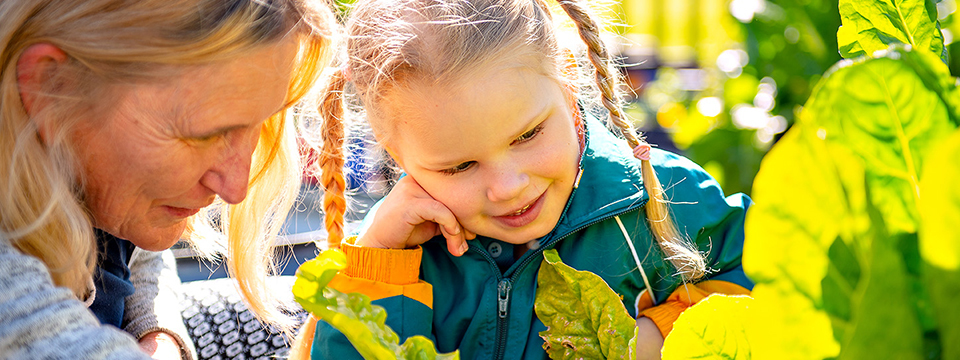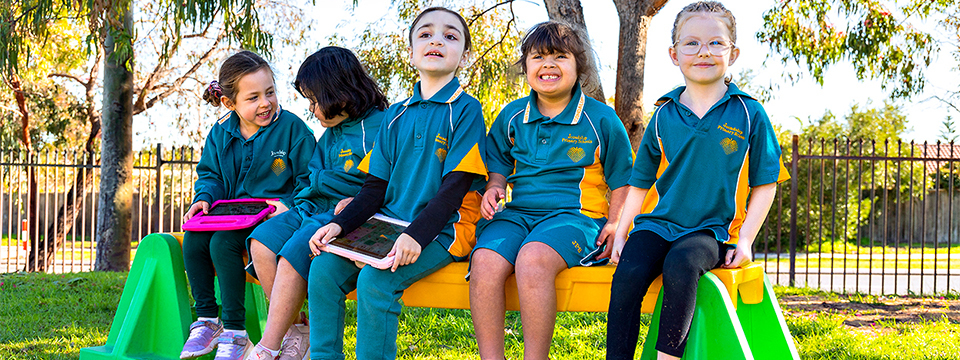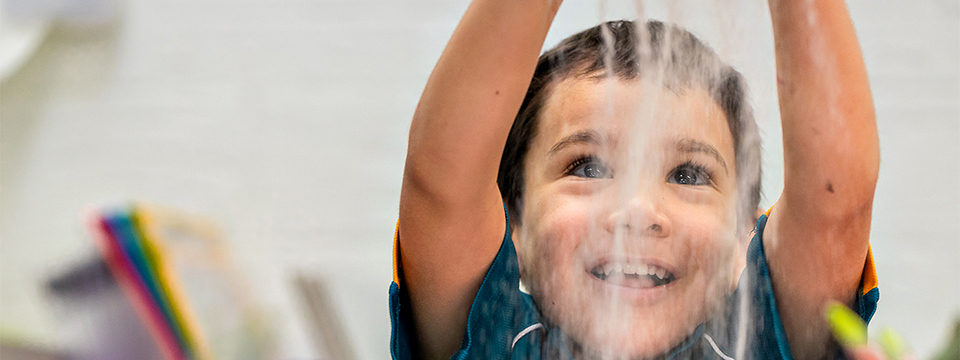21 Early Learning Essential Skills
Essential Early Learning Skills
Often children will struggle with the acquisition of various numeracy and literacy skills, due to deficits in core developmental processes. Listed below are twenty-one foundational skills that have been curated by Shelda Bairstow (School Psychologist) and Kane Hronsky (Behavioural Consultant), with descriptions of how to develop these skills in a home teaching scenario. The skills listed below form the basis for a great deal of cognition connected to academics, life skills, and general development.
The skills below are ordered in terms of their developmental level, however, many of our children may have unusual deficits and strengths that don’t necessarily correspond to standard development. Therefore, while you can start at task 1, and continue to progress sequentially as your child demonstrates the ability to perform each task, don’t be afraid to jump around and play with the tasks out of order if you feel as if your child may benefit from some of the higher level early learning skills.
We suggest you read through this document to begin with, taking note of the tasks you feel will be an appropriate level for your child’s current level. Once you’ve done this, take the time to watch the videos related to the skills you begin to teach your child.
You will quickly notice the video resources created for this document aren’t exactly Spielberg quality. There are issues with out of focus shots, over enthusiastic pets, oblivious family members, and shoddy video editing. However, these resources have been created rapidly in response to the need for informative home teaching materials, and while neither Shelda or Kane are particularly accomplished film makers, they truly believe the content captured could have huge benefits for any early learning child in the home environment. They will be re-shooting and re-jigging the accompanying video components, going forward, in order to add further information and create a more complete final product.
Shelda and Kane would also like to emphasise that when attempting to implement these tasks into your child’s learning, perfect is the greatest enemy of good! Please, don’t be afraid to try any of these activities out, even if you’re not certain of your delivery, it’s ok! Everyone will feel awkward when you begin trying to teach in this more formulaic, table top manner, but it will only be a matter of time until you’re substantially more confident in your delivery, with your child benefitting along the way, and as their skills improve, you can shift the setting to the floor, other rooms in the house, the yard, and eventually the community.
Getting Set-up
Before you begin to teach your child the skills below, you should first attempt to set up an ideal learning environment. Please see the video below for how to best to this.
Please note that when we refer to the “teacher”, that means any adult (or sibling, etc.) that is working with the child.
https://www.youtube.com/watch?v=wPTq7TWRR50
We’d once again like to reiterate, please just dive into this stuff and give it a go! It doesn’t have to be perfect, and it can be truly beneficial for your child’s development.





